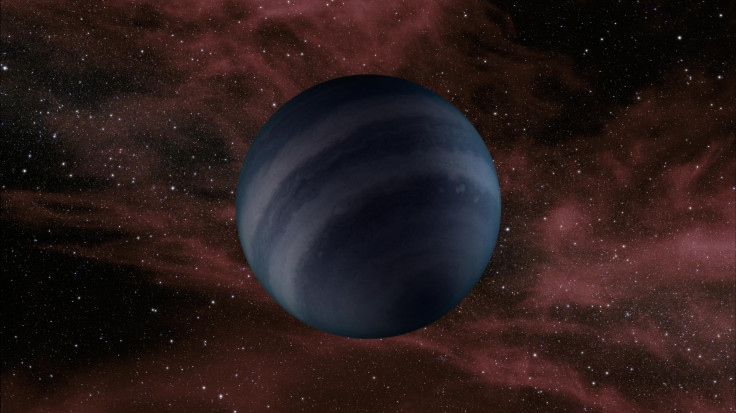The ‘Blurred Lines’ Of Brown Dwarfs: These Failed Stars Could Have Been Planets In Another Life

Brown dwarfs are also known as failed stars but new observations reveal the rather mysterious nature of these objects. Based on the size and mass of brown dwarfs they would more than likely be considered planets if they were orbiting a star.
The observations of the coldest brown dwarfs were first made using NASA’s Wide-Field Infrared Survey Explorer (WISE) space telescope. The researchers wanted to determine the surface temperature of these failed stars and used data collected from NASA’s Spitzer Space Telescope. The team's study was published in the journal Science Express. Stars, in general, are supposed to be hot, and temperatures can range anywhere from 3,000 degrees Kelvin (4,940 degrees Fahrenheit) to 60,000 degrees Kelvin (107,540 degrees Fahrenheit). The sun, classified as a G-type main-sequence star, or a yellow dwarf, has a surface temperature of 5,730 degrees Celsius (10,340 degrees Fahrenheit).
Brown dwarfs are much cooler than the Sun but the new observations revealed the stars are actually warmer than previously believed. According to NASA, the coldest brown dwarfs have a surface temperature between 125 to 175 degrees Celsius (250 and 350 degrees Fahrenheit).
According to NASA, stars are powered by nuclear burning. Some stars fuse carbon into magnesium helium into carbon. The sun fuses hydrogen into helium but brown dwarfs do not have the core temperature for nuclear burning and instead rely on their mass. Gravitational contraction is a process where the cooling of a planet causes the planet to shrink and the potential energy turns into heat as particles move inward.
If brown dwarfs formed in a protoplanetary disk they may have been classified as planets, due to their size and mass, approximately five to 20 times that of Jupiter. Co-author Trent Dupuy, from Harvard-Smithsonian Center for Astrophysics, said in a statement, “If one of these objects were found orbiting a star, there is a good chance that it would be called a planet.”
Because of their tiny size and low temperature, brown dwarfs do not emit a lot of light, reports NASA. To get over this observational hurdle, researchers measured the distance to eight brown dwarfs. The team measured the projected change in position of these brown dwarfs as Spitzer orbited around the Sun. The change in position of Spitzer caused the perspective to change, making it appear as though the stars moved as compared to background stars, this apparent change is known as parallax. “We wanted to find out if they were colder, fainter and nearby, or if they were warmer, brighter and more distant,” said Dupuy.
The researchers determined a relatively small change in the parallax of these stars and discovered the brown dwarfs were between 20 and 50 light-years from Earth. As the researchers calculated the distance of these brown dwarfs another mystery surfaced as what astronomers were able to observe, in terms of physical properties, did not match the temperatures of brown dwarfs. Researchers can determine the chemical composition of a star based on the light spectrum produced by the star but it appears the properties of brown dwarfs may be affected by several factors in addition to temperature, reports NASA.
The researchers observed a handful of brown dwarfs that were discovered by the WISE space telescope but more brown dwarfs have since been discovered, giving researchers a wider sample to study. Future studies can shed some light on these mysterious objects or lead to even more questions about brown dwarfs.
© Copyright IBTimes 2024. All rights reserved.






















